Home>Home Appliances>Lighting Appliances>How To Hide LED Strips
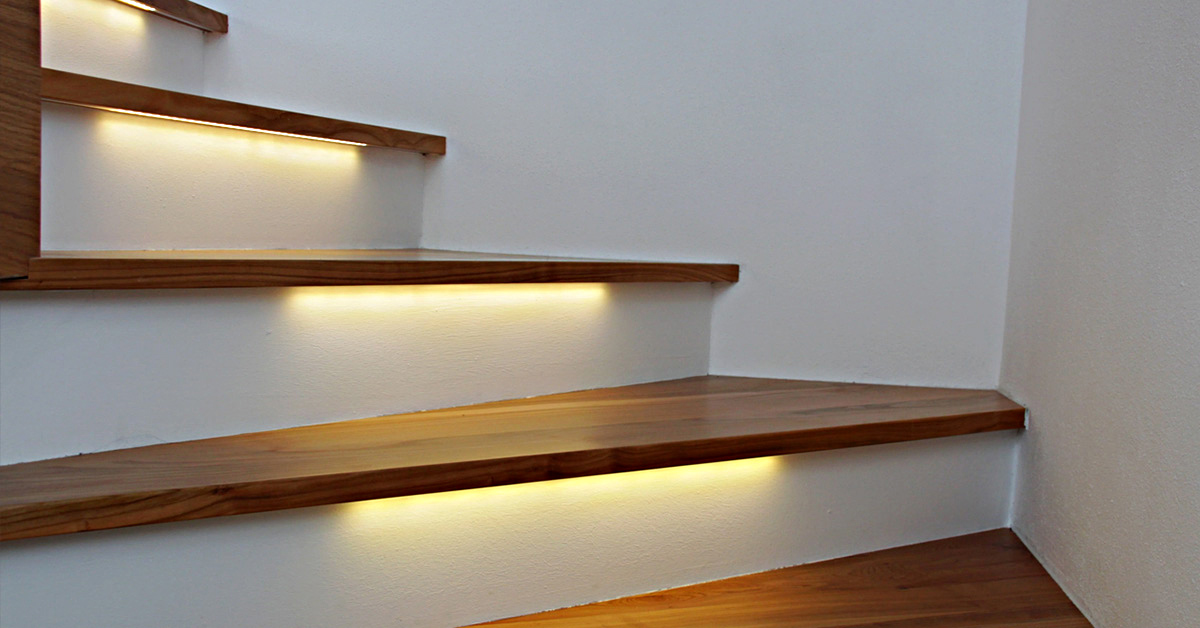

Lighting Appliances
How To Hide LED Strips
Modified: December 21, 2023
Learn how to effectively hide LED strips for a seamless lighting solution with our expert tips and tricks. Enhance your space with discreet lighting appliances.
(Many of the links in this article redirect to a specific reviewed product. Your purchase of these products through affiliate links helps to generate commission for Storables.com, at no extra cost. Learn more)
Introduction
LED strips are a fantastic way to add ambient lighting to any space, whether it’s under cabinets, behind TVs, or along ceilings. However, there are times when you may want to conceal them for a more polished and seamless look. Whether it’s to hide the wiring, soften the light, or simply to integrate the strips into the decor, there are several methods to achieve this without compromising the functionality of the LEDs. In this article, we’ll explore various techniques to effectively conceal LED strips, allowing you to enjoy their illumination while maintaining a clean and sophisticated aesthetic.
Let’s delve into the different methods and materials that can be utilized to hide LED strips in a variety of settings, from residential spaces to commercial environments.
Key Takeaways:
- Transform your space with hidden LED strips using aluminum channels, diffusers, furniture, or paint and tape. Enjoy seamless lighting while maintaining a polished and sophisticated aesthetic in any environment.
- Concealing LED strips empowers you to blend lighting and design seamlessly. From under-cabinet illumination to ambient glow, explore creative possibilities to elevate the ambiance and aesthetics of your space.
Read more: How To Remove LED Strips From The Wall
Materials Needed
Before embarking on the journey to conceal LED strips, it’s essential to gather the necessary materials. The specific items required will depend on the chosen method for hiding the LED strips. Here’s a general overview of the materials that may be needed:
- LED Strips: The type and length of LED strips will depend on the intended application and the desired brightness and color temperature.
- Aluminum Channels: If opting to conceal the LED strips using aluminum channels, these will be essential for providing a sleek and protective housing.
- Diffusers: Utilized in conjunction with aluminum channels, diffusers help to soften the light emitted by the LED strips and create a more uniform illumination.
- Furniture: Depending on the space, furniture such as cabinets, shelves, or entertainment units may be necessary to integrate the LED strips seamlessly.
- Paint or Tape: For those considering the option of painting or using tape to hide the LED strips, suitable paint or tape in the desired color will be essential.
- Power Supply and Accessories: Ensure that the appropriate power supply and any necessary accessories, such as connectors and controllers, are readily available.
- Tools: Basic tools such as a measuring tape, screwdriver, and cutting tools may be required, depending on the chosen method.
- Cleaners and Adhesives: If utilizing furniture or tape to conceal the LED strips, cleaners and adhesives may be necessary for proper installation and maintenance.
By having these materials on hand, you’ll be well-prepared to embark on the journey of hiding LED strips to achieve a seamless and sophisticated lighting solution.
Method 1: Using Aluminum Channels
Concealing LED strips using aluminum channels is an effective way to provide both protection and a sleek, finished look. These channels, also known as LED extrusions, are designed to house LED strips securely while offering options for diffusers to soften and distribute the light. Here’s a step-by-step guide to effectively hide LED strips using aluminum channels:
- Measure and Cut: Begin by measuring the length of the area where the LED strips will be installed. Aluminum channels are often available in standard lengths and can be cut to fit the specific dimensions using a saw or specialized cutting tool.
- Install the LED Strips: Once the channels are cut to size, carefully insert the LED strips into the channels, ensuring a snug fit. It’s important to follow the manufacturer’s guidelines for the appropriate type of LED strips that are compatible with the chosen channels.
- Attach the Channels: Secure the aluminum channels in the desired location using appropriate mounting brackets or adhesive backing. This step ensures that the LED strips are housed securely and remain in place.
- Add Diffusers: Depending on the desired lighting effect, diffusers can be added to the channels to soften the light emitted by the LED strips. Diffusers come in various materials, such as frosted or clear plastic, and can be easily installed to achieve the desired diffusion and aesthetics.
- Connect and Test: Once the LED strips are securely housed within the channels, connect them to the power supply and test the illumination to ensure everything is functioning as expected.
- Enjoy the Seamless Lighting: With the LED strips effectively concealed within the aluminum channels, you can enjoy the seamless and polished lighting effect without any visible wiring or exposed components.
Using aluminum channels to hide LED strips not only provides a clean and professional look but also offers protection for the strips, making them suitable for a variety of applications, including under-cabinet lighting, display shelving, and architectural accents.
Method 2: Using Diffusers
When aiming to soften and distribute the light emitted by LED strips while concealing them, utilizing diffusers is an excellent method. Diffusers are designed to scatter and soften the light, creating a more uniform illumination and reducing glare. Here’s a guide to effectively hide LED strips using diffusers:
- Select Suitable Diffusers: There are various types of diffusers available, including frosted, semi-transparent, and colored options. Choose a diffuser that aligns with the desired lighting effect and aesthetic for the space where the LED strips will be concealed.
- Cut to Size: Measure and cut the diffusers to fit the length of the LED strips. Many diffusers can be easily cut using standard cutting tools to achieve the precise dimensions required for the installation.
- Install the Diffusers: Once the diffusers are cut to size, carefully place them over the LED strips, ensuring a secure and uniform fit. Depending on the type of diffuser, they may snap into place, slide onto mounting brackets, or be secured using adhesive backing.
- Connect and Test: After the diffusers are installed, connect the LED strips to the power supply and test the illumination to ensure that the diffusers effectively soften the light and create the desired lighting effect.
- Enjoy the Subtle Lighting: With the diffusers in place, the LED strips will emit a softened and diffused light, creating a subtle and elegant illumination while remaining discreetly concealed within the space.
Utilizing diffusers to hide LED strips offers the dual benefit of enhancing the quality of light while seamlessly integrating the strips into the surrounding environment. This method is particularly effective for applications where a softer, more ambient lighting effect is desired, such as in residential, hospitality, and retail settings.
Use aluminum channels to conceal LED strips and diffuse the light. Mount the channels in hidden areas for a seamless look.
Method 3: Using Furniture
Integrating LED strips into furniture is a creative and practical way to conceal them while adding both functionality and aesthetic appeal to the space. Whether it’s cabinets, shelves, or entertainment units, furniture can serve as a seamless housing for LED strips. Here’s a step-by-step approach to effectively hide LED strips using furniture:
- Select Suitable Furniture: Choose the furniture pieces where the LED strips will be integrated. Consider factors such as the size, material, and design of the furniture to ensure that it complements the overall aesthetic of the space.
- Plan the Installation: Determine the precise locations within the furniture where the LED strips will be concealed. This may involve measuring the interior dimensions of the furniture to accommodate the strips effectively.
- Install the LED Strips: Carefully place the LED strips within the designated areas of the furniture, ensuring that they are securely positioned and aligned to provide the desired illumination.
- Conceal Wiring: As the LED strips are integrated into the furniture, take the opportunity to conceal any wiring or connectors to maintain a clean and polished look. This may involve routing the wiring through pre-existing channels or creating discreet pathways within the furniture.
- Test the Illumination: Once the LED strips are installed within the furniture, connect them to the power supply and test the illumination to ensure that they are functioning as expected and providing the desired lighting effect.
- Enjoy the Integrated Lighting: With the LED strips seamlessly concealed within the furniture, you can enjoy the integrated lighting effect that enhances both the functionality and visual appeal of the space.
Using furniture as a means to hide LED strips not only provides a discreet and integrated lighting solution but also allows for creative and versatile applications in various settings, including residential, commercial, and hospitality environments.
Read more: How To Solder RGB LED Strips
Method 4: Using Paint or Tape
For a more subtle and integrated approach to concealing LED strips, utilizing paint or tape can offer a seamless and customized solution. This method allows the LED strips to blend harmoniously with the surrounding surfaces, creating a discreet yet impactful lighting effect. Here’s a guide to effectively hide LED strips using paint or tape:
- Prepare the Surface: Ensure that the surface where the LED strips will be concealed is clean, smooth, and free of any debris or imperfections. This will provide an ideal foundation for applying paint or tape.
- Choose the Appropriate Method: Depending on the desired aesthetic and level of concealment, decide whether to use paint to blend the LED strips into the surface or tape to create a subtle housing for the strips.
- Apply Paint: If opting for paint, select a suitable color that complements the surrounding environment. Carefully apply the paint over the LED strips and the immediate surrounding area, ensuring a seamless blend that effectively conceals the presence of the strips.
- Use Tape as a Housing: Alternatively, if using tape, select a low-profile and discreet tape that can be applied directly over the LED strips. The tape should effectively blend with the surface while providing a subtle housing for the strips.
- Test the Illumination: Once the paint or tape is applied, connect the LED strips to the power supply and test the illumination to ensure that the concealment method does not hinder the functionality of the strips.
- Enjoy the Subtle Integration: With the LED strips effectively concealed using paint or tape, you can enjoy the subtle integration of lighting into the space, creating a seamless and polished aesthetic.
Utilizing paint or tape to hide LED strips offers a customizable and discreet solution that seamlessly integrates the lighting into the environment. This method is particularly effective for applications where a minimalist and refined approach to lighting concealment is desired.
Conclusion
Concealing LED strips is an art that combines functionality and aesthetics, allowing for the seamless integration of lighting into various spaces. Whether using aluminum channels, diffusers, furniture, paint, or tape, each method offers a unique approach to hiding LED strips while enhancing the overall ambiance of the environment.
By carefully selecting the appropriate method and materials, individuals can achieve a polished and sophisticated look that complements the design and functionality of the space. Whether aiming for subtle accent lighting, ambient illumination, or task-oriented functionality, the concealment of LED strips opens up a world of creative possibilities.
Furthermore, the versatility of LED strips allows for their integration into a wide range of settings, including residential interiors, commercial spaces, hospitality venues, and architectural installations. The ability to effectively hide LED strips ensures that the lighting remains unobtrusive while contributing to the overall visual appeal and atmosphere of the space.
Ultimately, the art of concealing LED strips empowers individuals to transform their environments, creating a harmonious balance between lighting and design. By seamlessly integrating LED strips into the surroundings, the focus remains on the captivating illumination, enhancing the overall experience within the space.
Whether employing aluminum channels for a professional finish, diffusers for a softened glow, furniture for integrated functionality, or paint and tape for subtle concealment, the methods for hiding LED strips offer endless opportunities to elevate the ambiance and aesthetics of any environment.
Embracing the art of concealing LED strips not only enhances the visual appeal of the space but also showcases the innovative and versatile nature of LED lighting, transforming ordinary spaces into extraordinary experiences.
Frequently Asked Questions about How To Hide LED Strips
Was this page helpful?
At Storables.com, we guarantee accurate and reliable information. Our content, validated by Expert Board Contributors, is crafted following stringent Editorial Policies. We're committed to providing you with well-researched, expert-backed insights for all your informational needs.
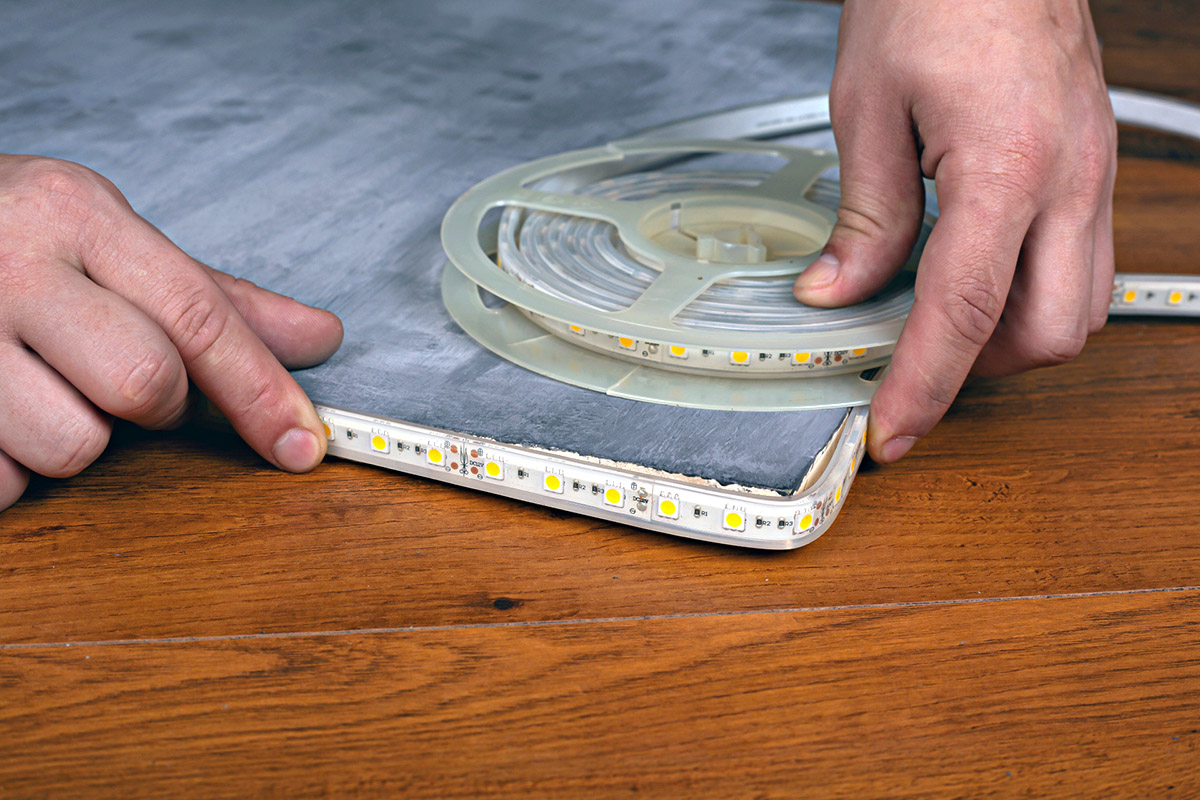
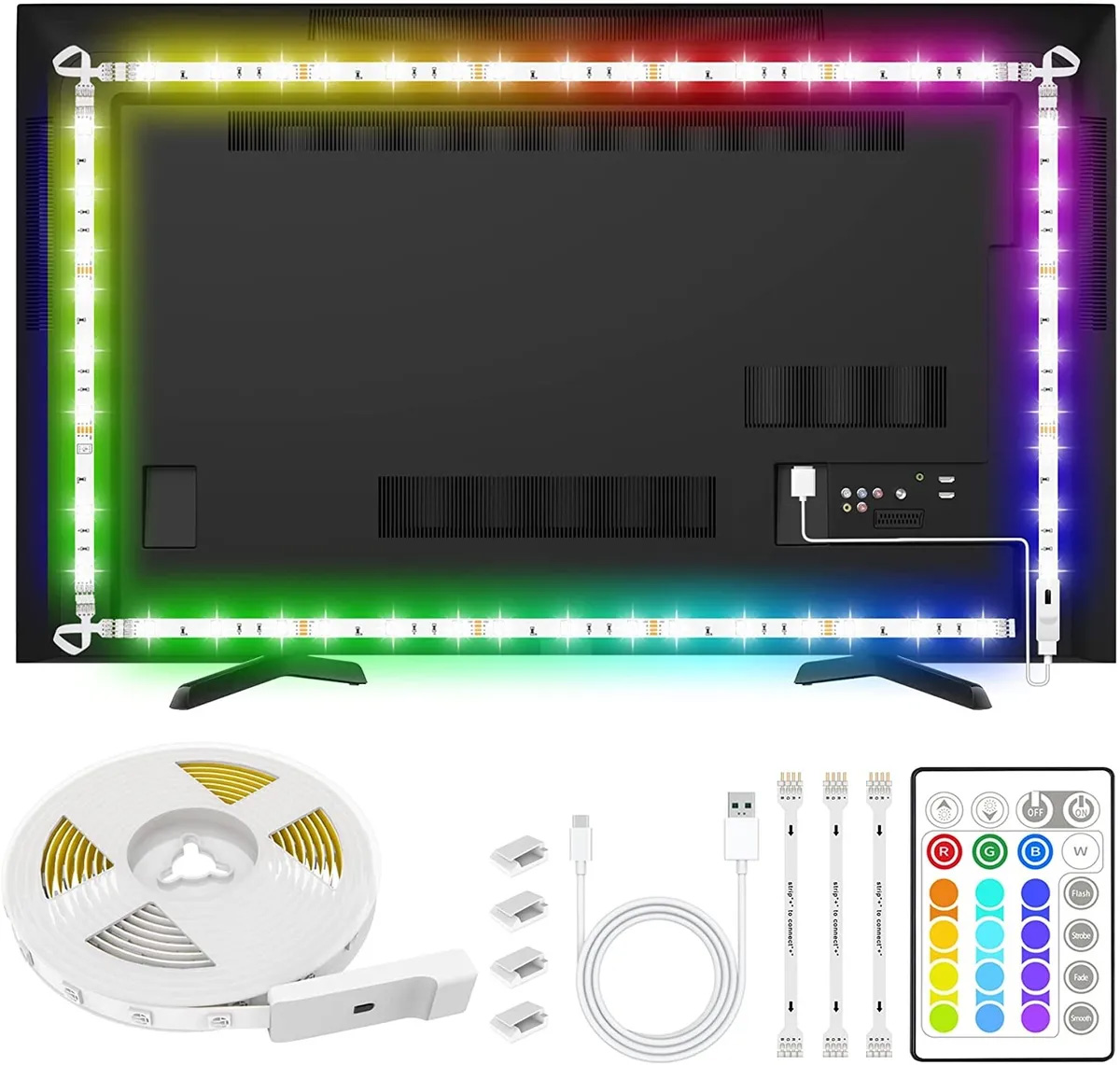
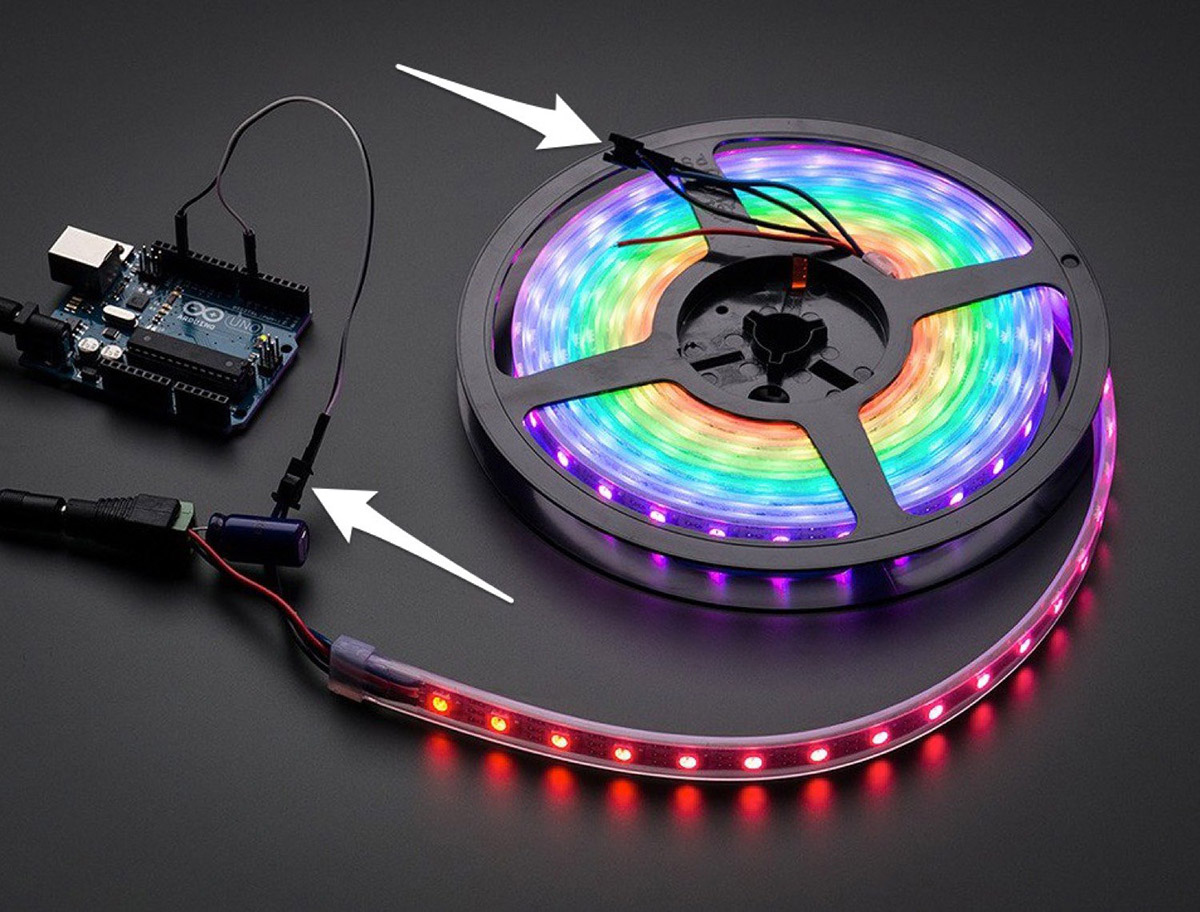
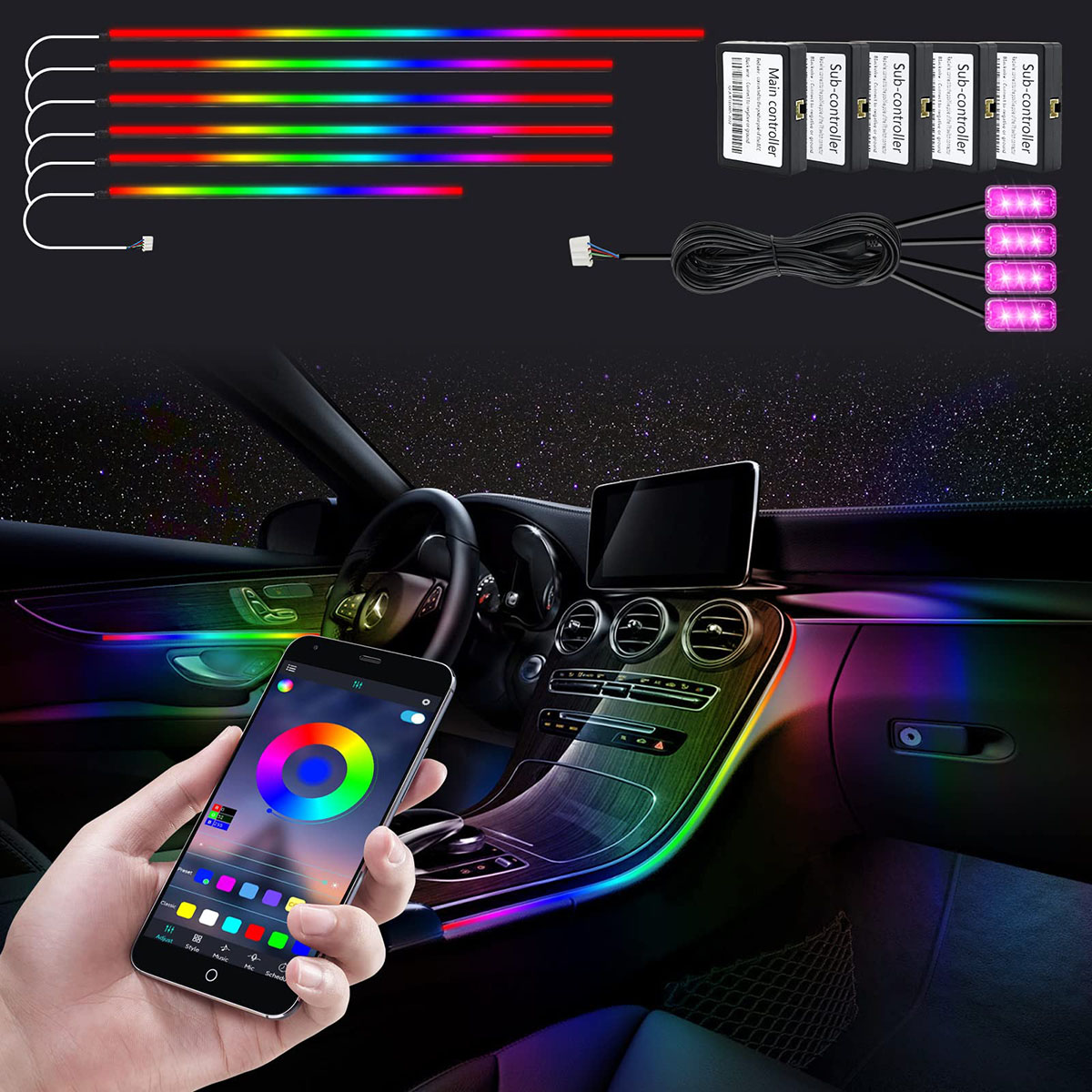
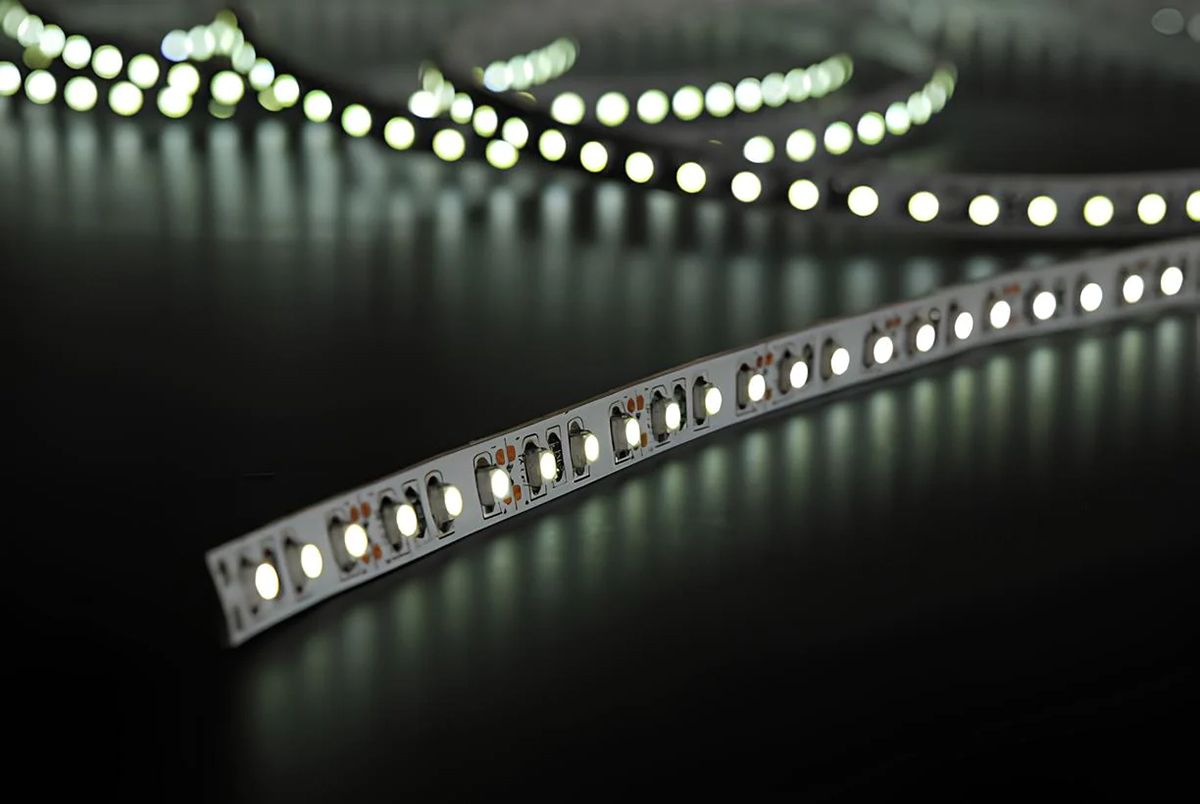
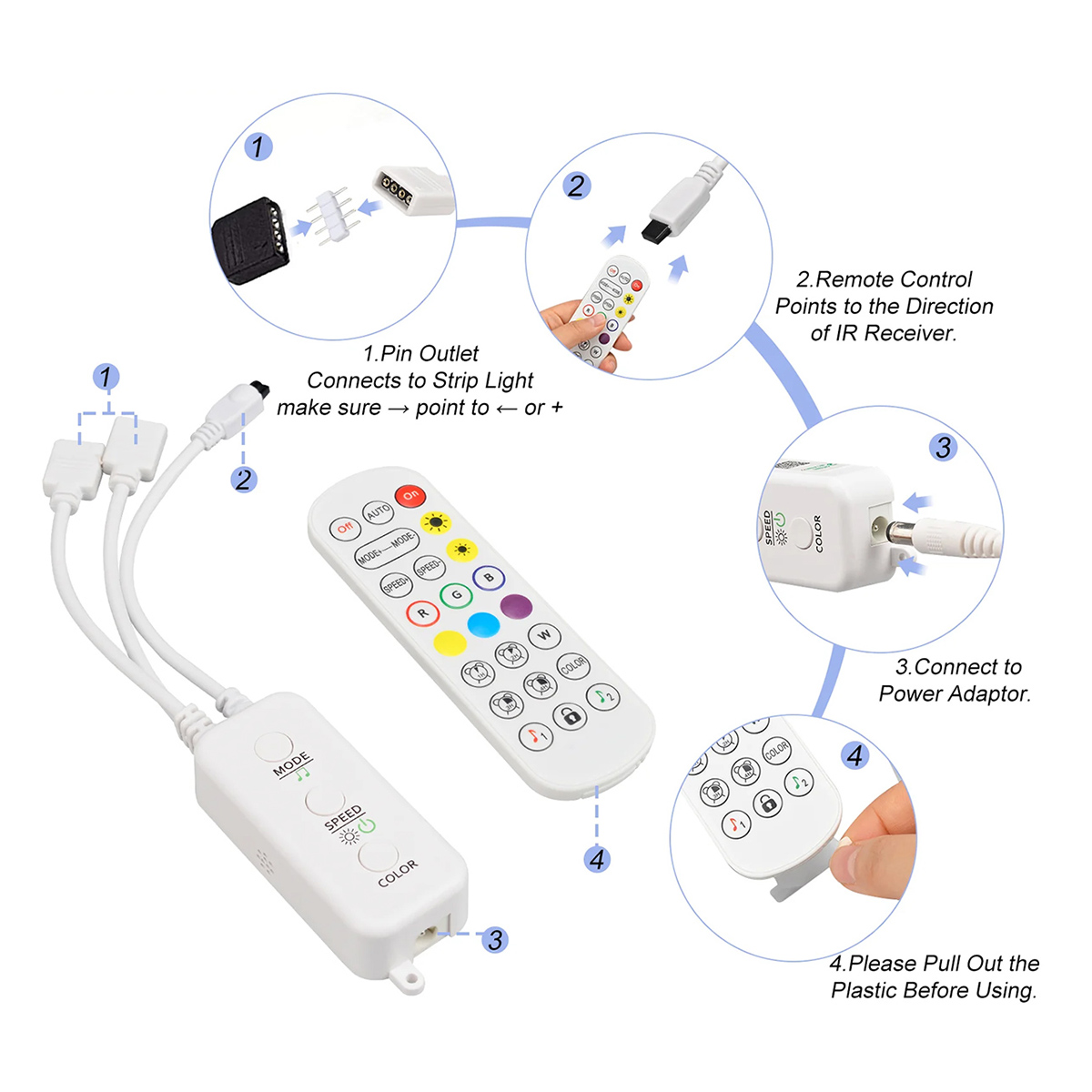

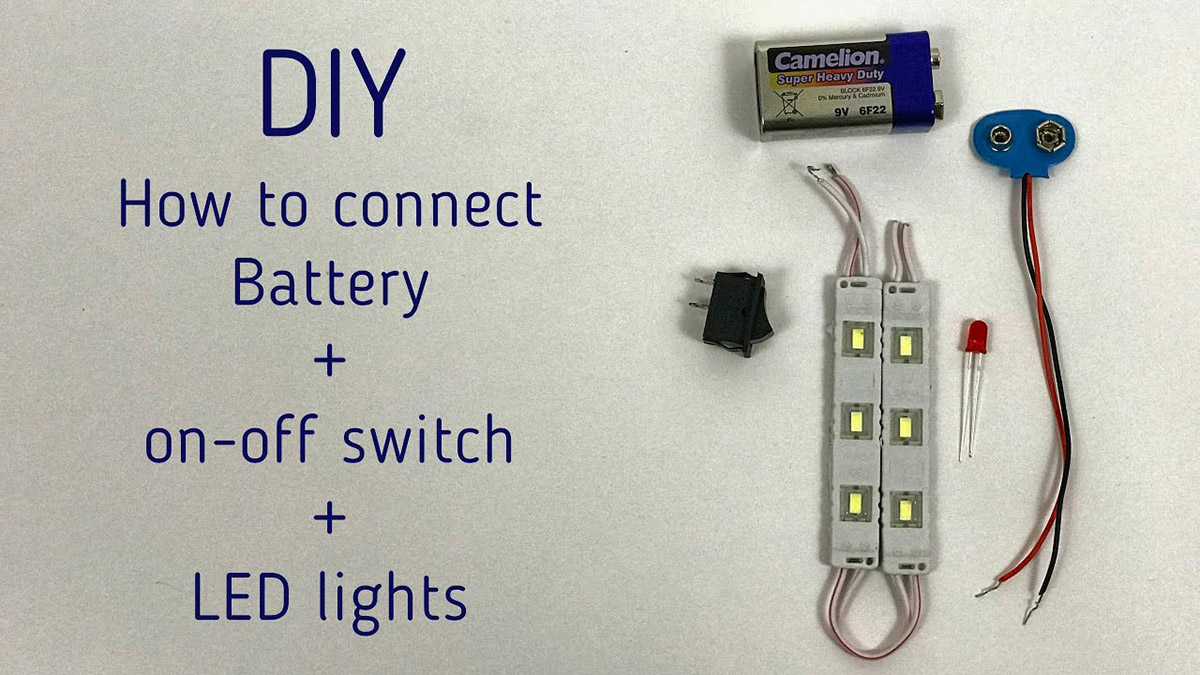
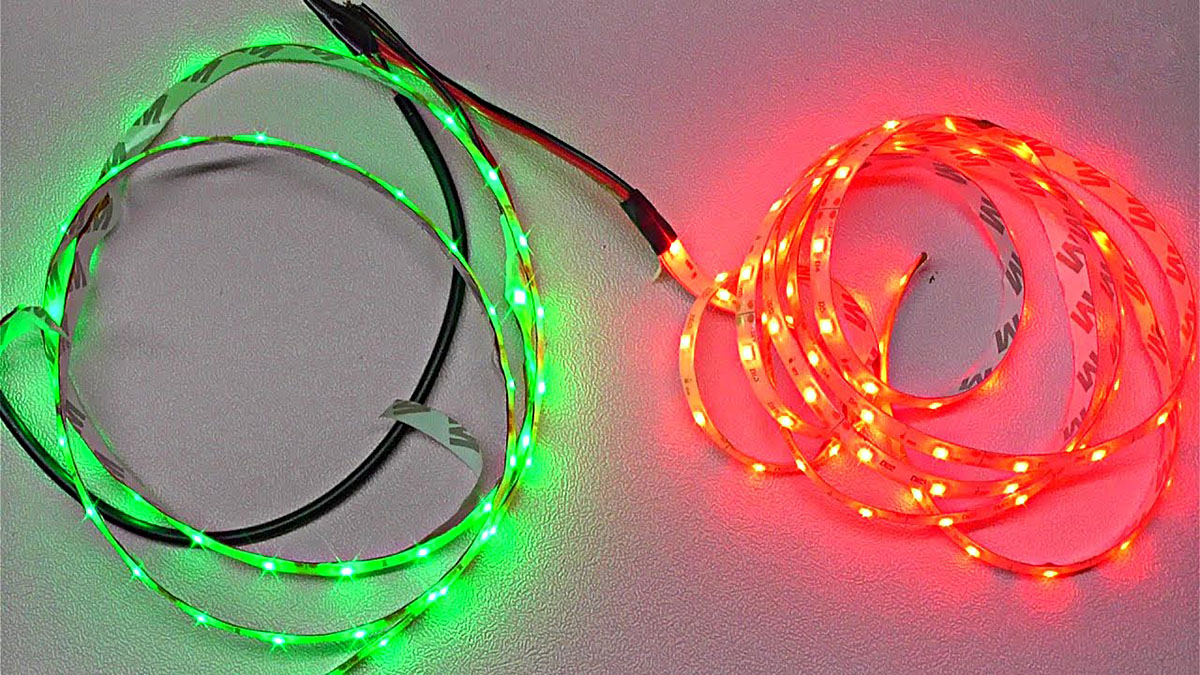
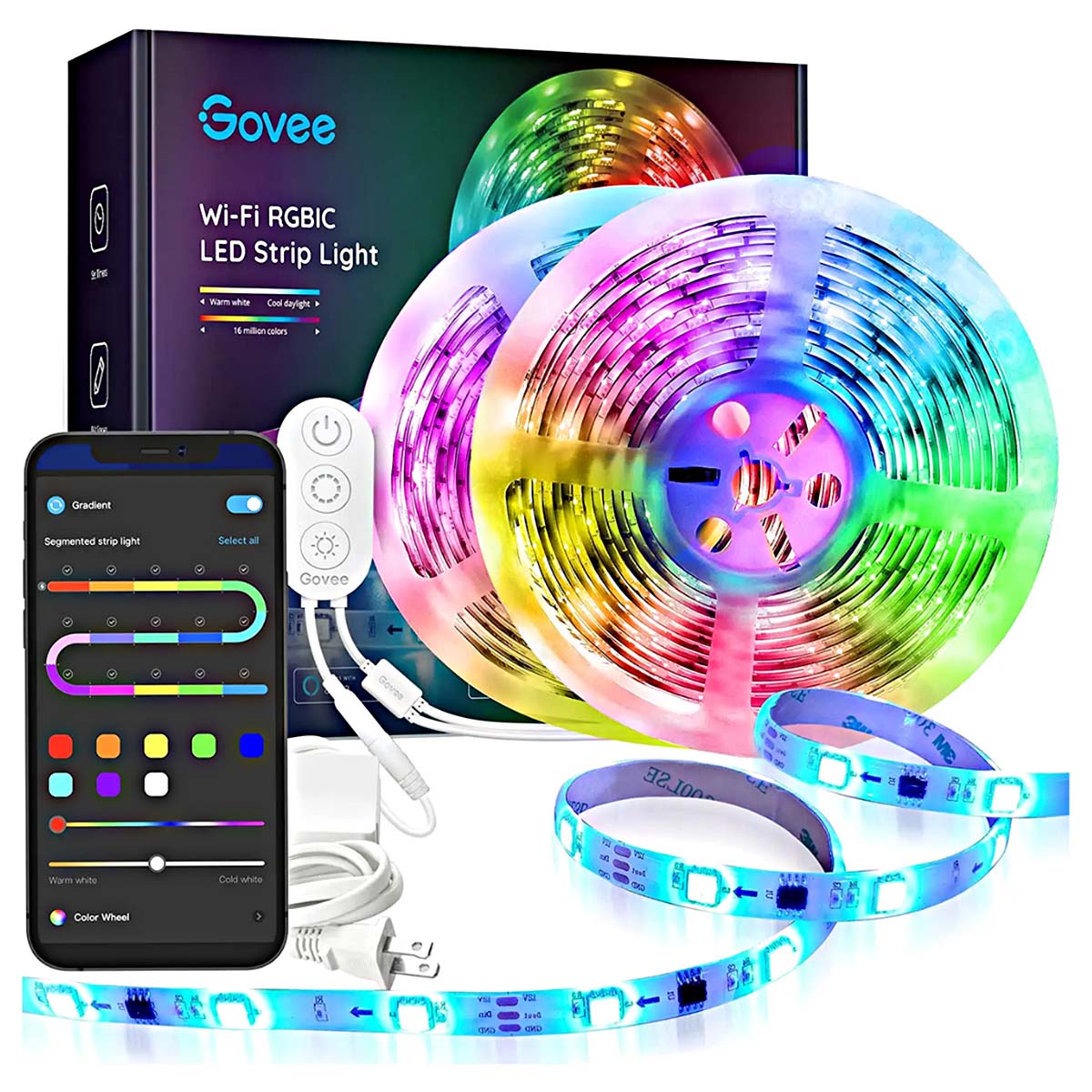
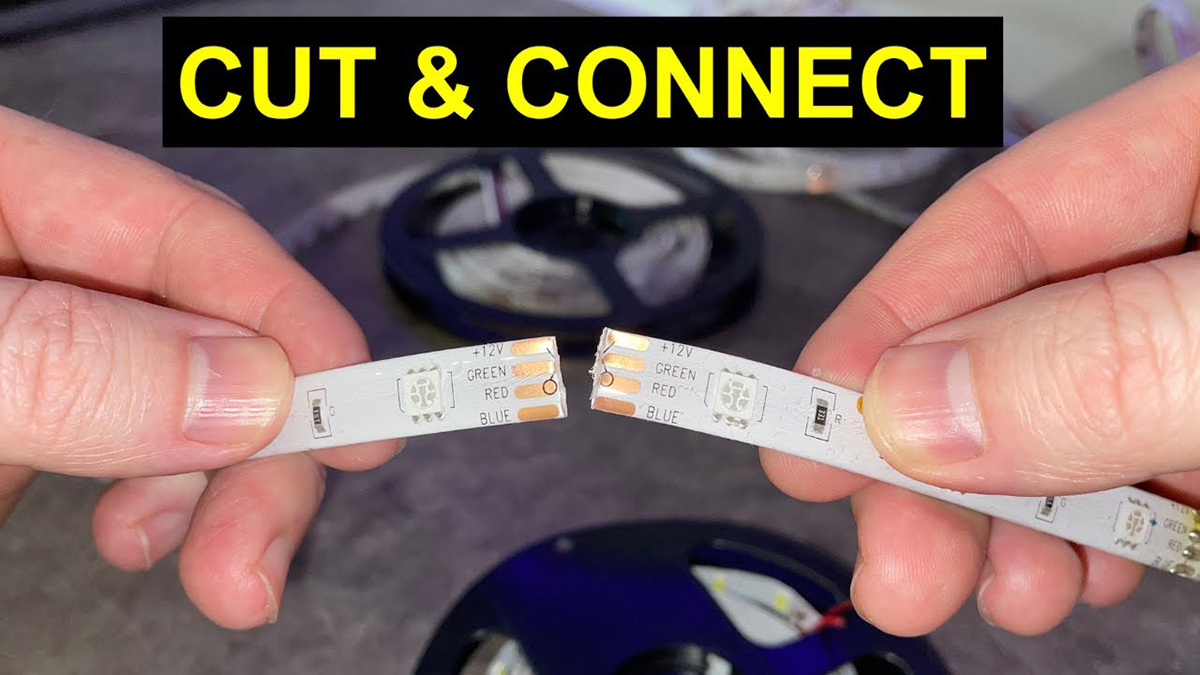
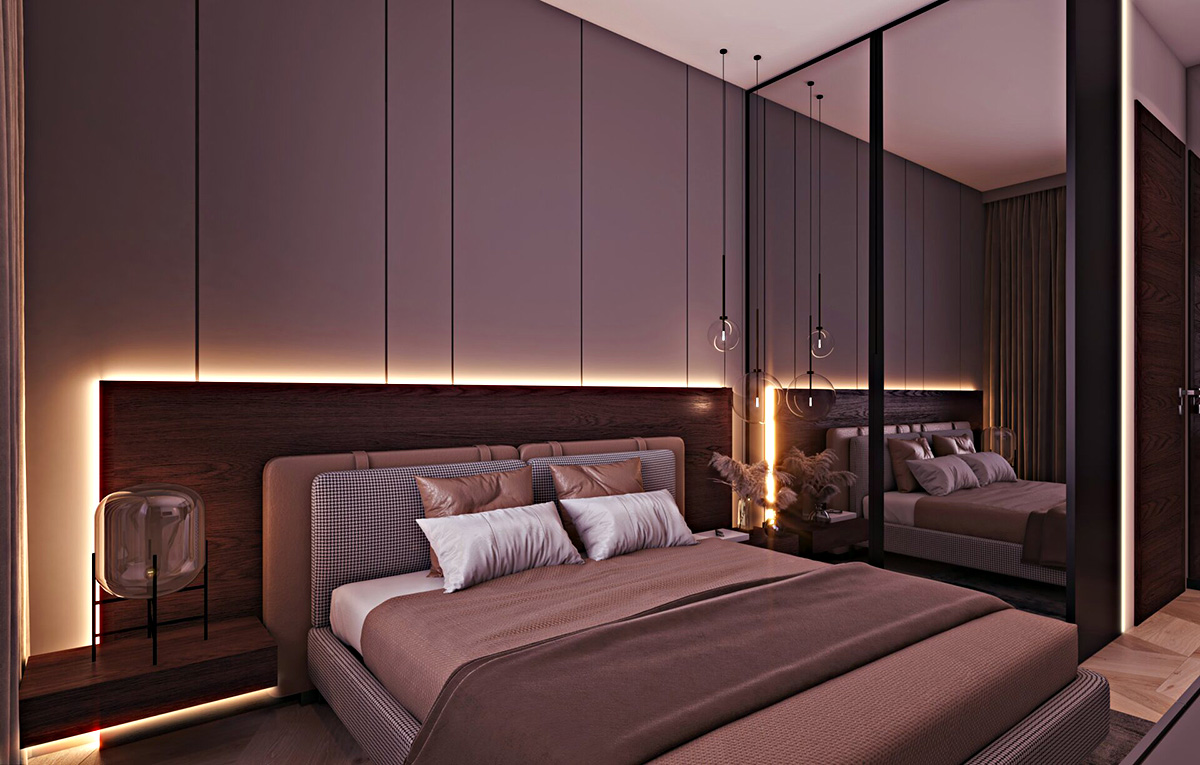
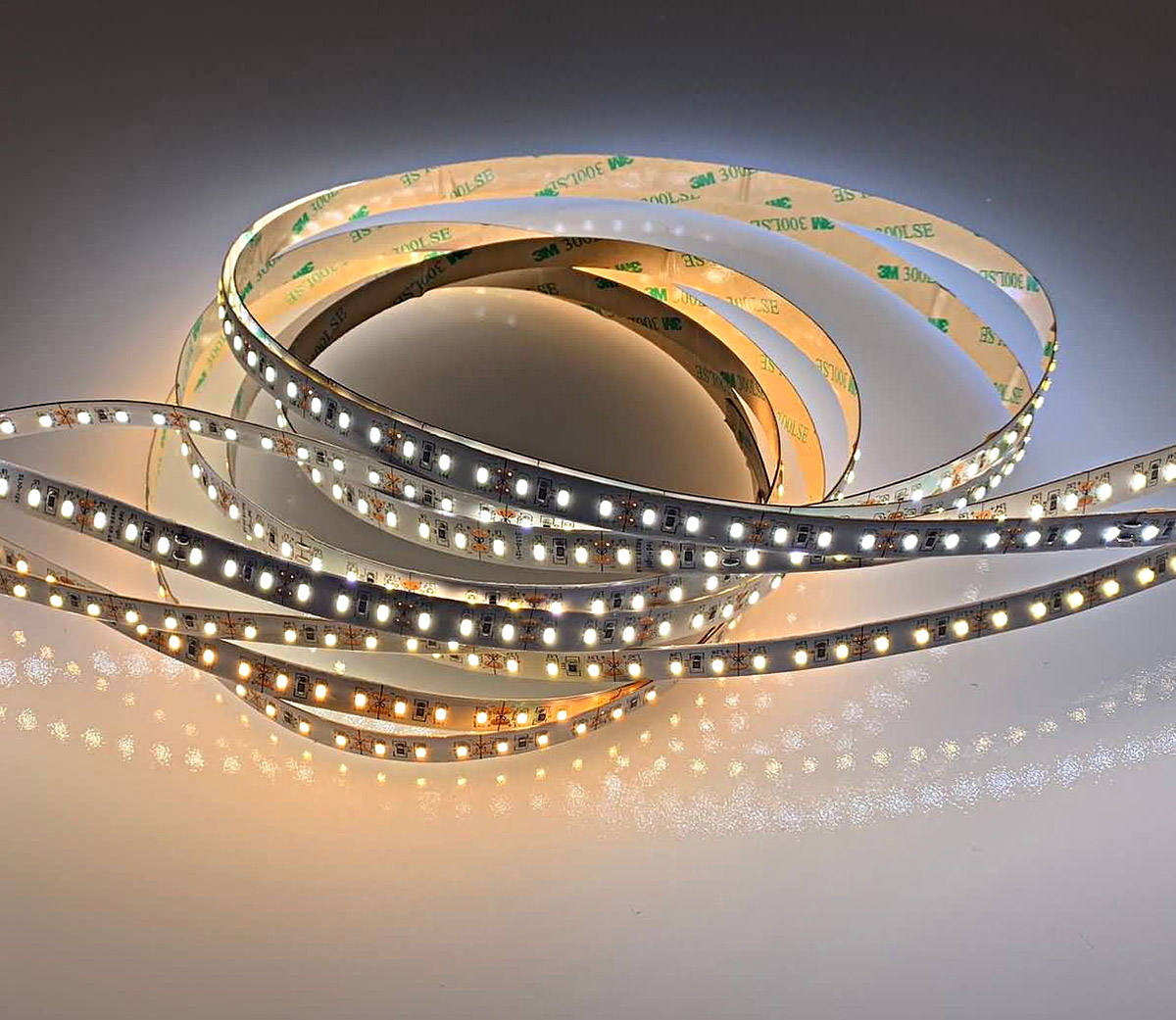
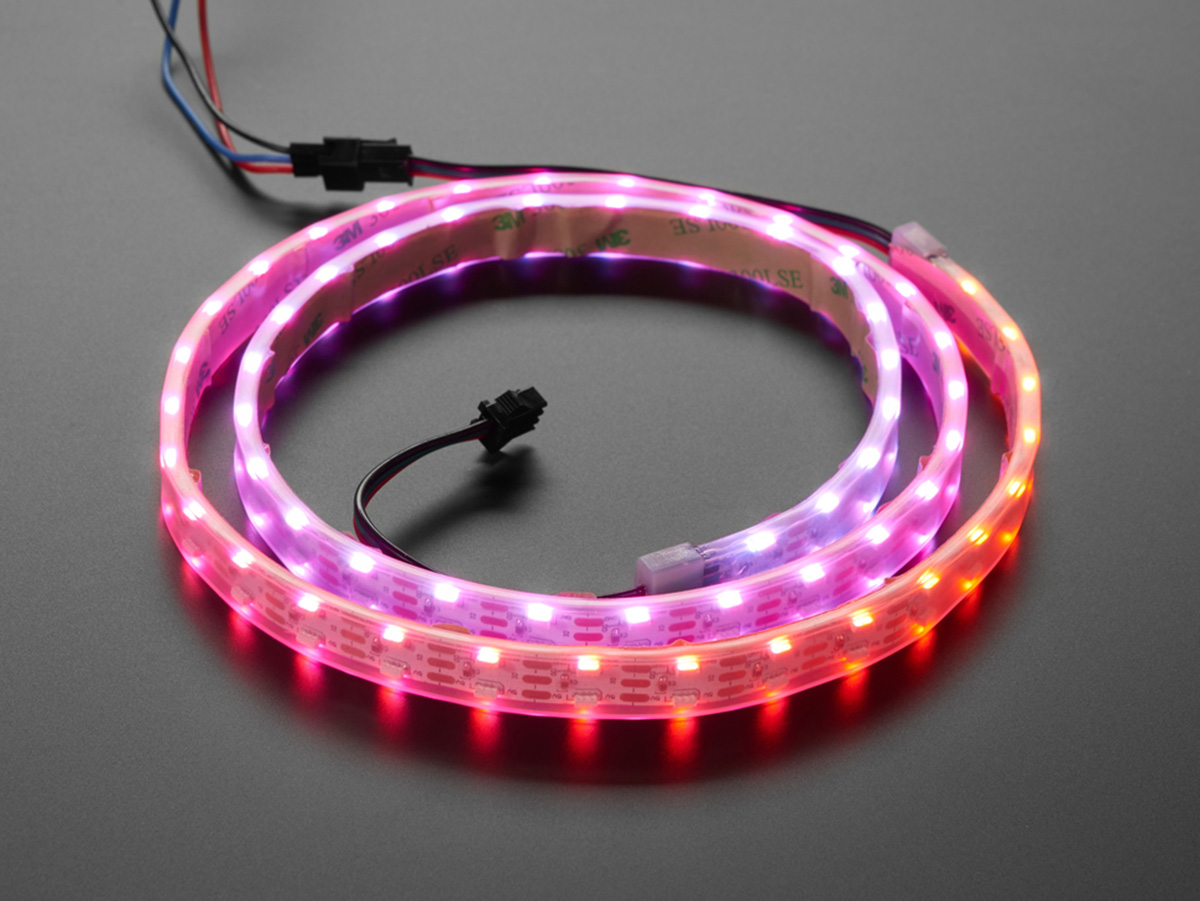

0 thoughts on “How To Hide LED Strips”